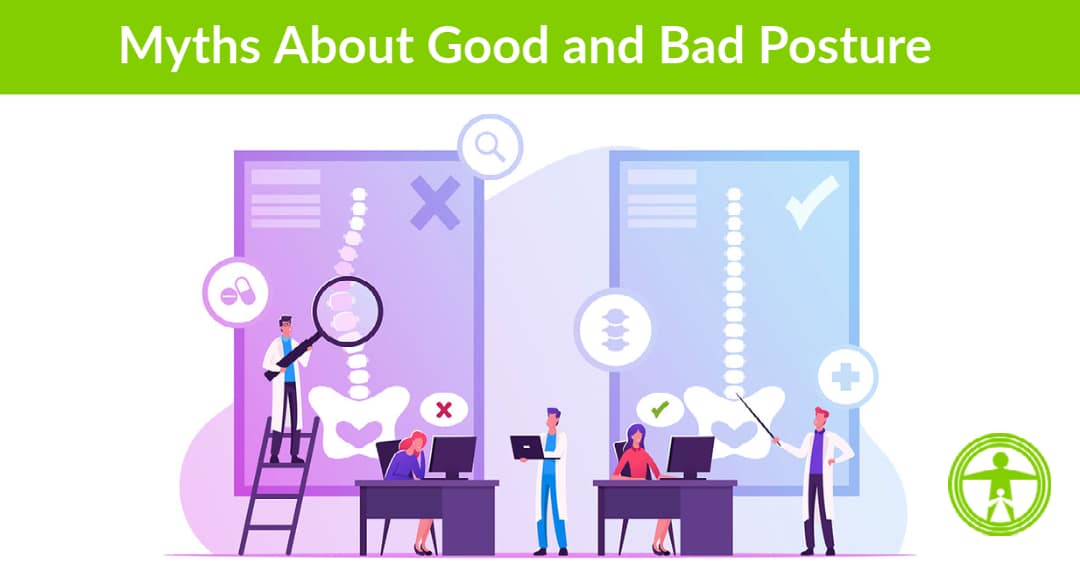Good and Bad Posture
At some point – whether as a child or adult we were told by our own parents, teachers, or some other human interested in your health that our posture is bad.
“Stand up straight!”
“Stop hunching!”
“No slouching!” or “Stop looking down at your phone!”
Of course, as soon as someone brings it to our attention, it's followed by an inevitable jump to fix ourselves in what we would consider to be “Good Posture” – a head up, shoulders back, no hunching and our stomach tightened.
What's interesting is that the more we try to maintain good posture, we begin to realize that our efforts are short lived and to “someday” be able to hold this idea of good or perfect posture with perfect comfort is not practical.
Usually, “good posture” is nothing more than a pose – it's fake – and our ideas of good posture are really based on myth more than fact.
What I'm not saying here is that bad posture is nothing to worry about.
What I am saying is that our approach to improving posture may not be realistic and or it's not coming from the right place.
In this article, my goal is to bring up common myths and misconceptions surrounding posture and what we should do about it.
What is Good and Bad Posture?
Posture is defined as the way we hold ourselves in different positions, both dynamic and static, such as sitting, standing, and walking.
We often associate someone who holds good posture with an individual that exudes confidence or discipline; this is because it really is a sign of good health.
While we are all built differently, there are a few common traits that you can recognize as good or “normal” posture.
These include:
- The spine creates an “S” curve from head to butt designed to absorb impact with daily activities
- Extension based curves (backwards “c”) are in the neck and low back
- A flexion based curve is in the mid-back
- The skull is balanced directly over the shoulders- rather than jutting forward
- Both shoulders are in line with the spine- not slouched forward
- Chin is neutral so that your line of vision is naturally forward
- No rotation in the spine at rest
- Hips, knees, and ankles are all relatively aligned from top to bottom
- There's more… truth is, there are a lot of moving parts to when it comes to posture!
Poor posture is much more than an aesthetic issue.
It also can put a major damper on your body’s normal function.
The biggest problem it can contribute to is the overall alignment of the spine.
Spine misalignment is a common issue that is overlooked that can manifest as a whole slew of symptoms, including pain, poor concentration or mood, injury, and so much more.
Poor spine alignment blocks normal nerve energy and every bodily function it helps regulate (hint: that’s just about everything).
In addition to spine misalignment, poor posture can also lead to chronic inflammation, pain, respiratory and circulatory issues.
These can cause or aggravate other pre-existing health conditions as well.
Correcting your posture, especially as we age, isn’t just about “sitting up straight” anymore.
It will most likely take the guidance of a trained professional to restore your posture and improve your health.
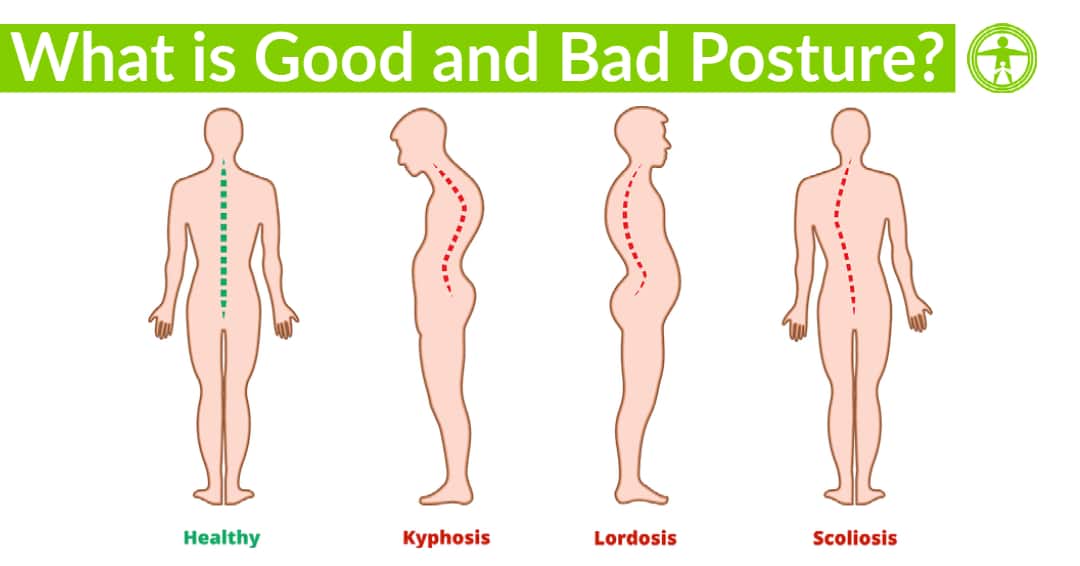
Myth: Good Posture Requires Sitting or Standing Straight
This advice doesn't teach anyone proper body alignment much less help avoid injury.
If it did, we would all be perfectly symmetrical – but we’ve had it beaten into us that good posture requires being erect, we often consider it a position we should emulate.
When we think “straight” means “proper alignment,” we place ourselves in a fixed position.
Truth be told, optimal posture is dynamic – not fixed – to give us the ability to move in any direction without needing to adjust our bodies.
So when you ask your body to complete a task such as stand up straight, or pull the shoulders back, without telling it how to accomplish this, the body will use the muscles you use the most.
This reliance on strong muscles results in the prolonged use of muscles that are already strong, while weaker groups are neglected.
Over time, stronger muscles get stronger and tighter, while weaker muscles atrophy.
Instead of thinking of posture as a position, think of it as the balance of strength and mobility across the muscles and joints of your body.
Rather than trying to achieve good posture by sitting or standing up straight, start training the muscles, ligaments and tendons of your body to support overall healthy posture.
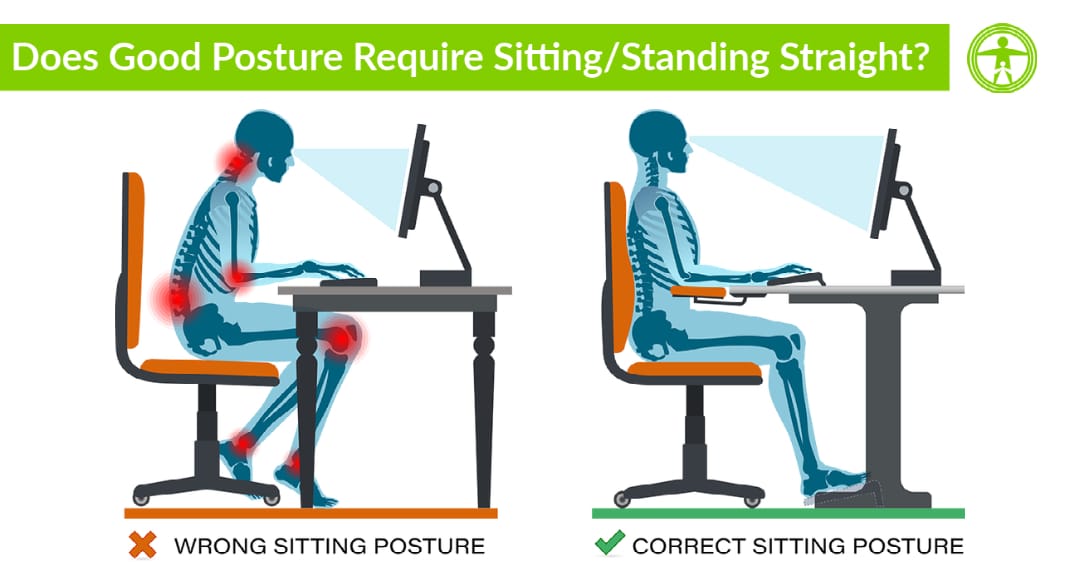
How Chiropractic Can Help
Chiropractic BioPhysics (CBP) is a specialized form of chiropractic care designed to address health issues related to spine misalignment at their root.
When the root cause of these issues is addressed with proper spinal alignment, the body can start healing and function without inhibition. Working with a CBP certified chiropractor can vastly improve quality of life.
Talk to a CBP chiropractor for tips on posture and a gentle, holistic treatment approach. Techniques for treatment might include manipulation, joint mobilization, soft tissue massage, an exercise program, pain modalities, and lots of education.
Poor posture and its effect on spinal alignment are often overlooked as one of the key issues for optimal health. Having a healthy, aligned nervous system can help every other system in the body work better and with more ease. Find a CBP practitioner to help you today.
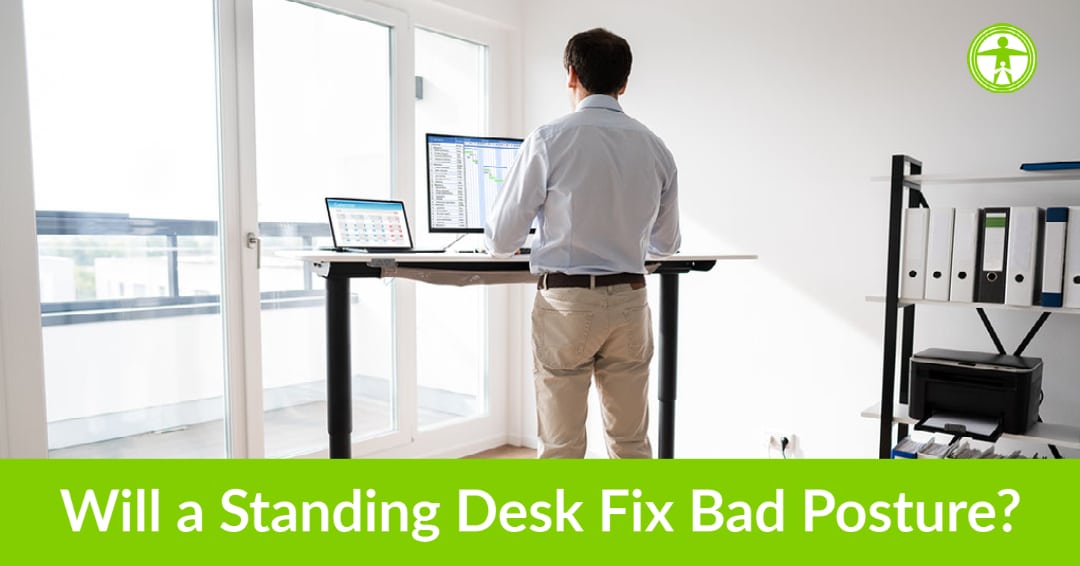
Myth: Good Posture Means I Never Hunch or Slouch
If you never flexed your body into a hunched position, you’d never get to enjoy your body’s full range of motion.
Hopefully, the message you're picking up hear is that our body is dynamic and meant to go through “all the ranges of motion” that it possibly can.
This is why practicing flexibility and mobility are so important.
Through flexibility and mobility training, you can improve your posture or ability to get into various postures.
But when we don't improve our flexibility or mobility, our body gets stuck into a particular posture, which then causes damage to our tissues over time.
So don’t limit your body's ability to twist, move, and curl in certain ways; slouching actually employs this full range of motion into a flexed position, allowing you to move fluidly throughout the day while remaining comfortable in your body’s natural twists and turns.
All that said, if you find that you cannot move into a position opposite of that slouch, you've got issues than need to be addressed!
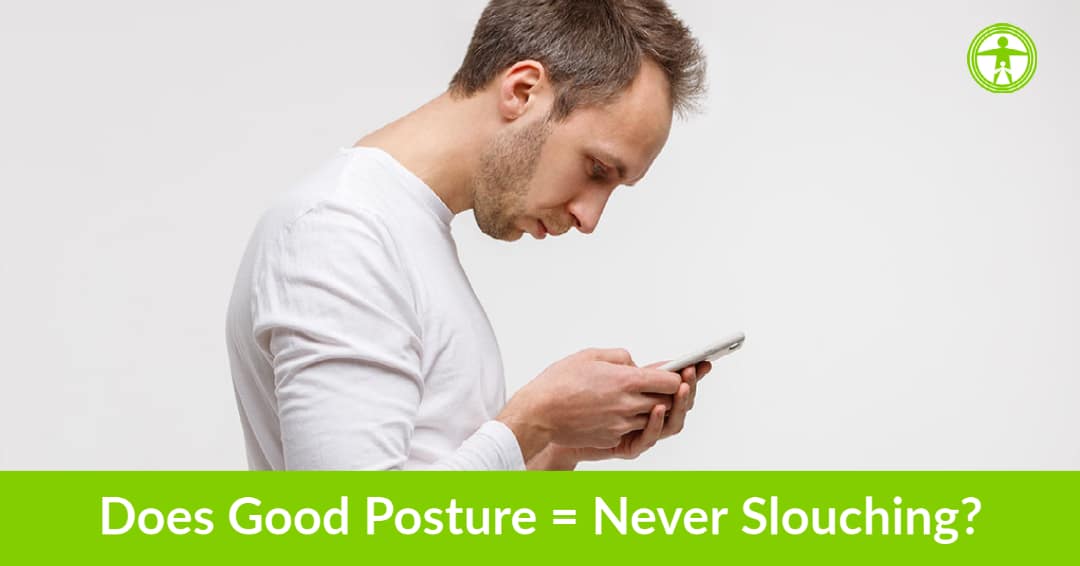
Myth: Good Posture Will Look the Same for Everyone
There is No One Size fits all when it comes to Posture.
Modern posture beliefs is that it’s usually about being stuck in ONE position that can ultimately cause problems.
Irrational fears of “bad” posture lead many people to lock their body in their misconstrued ideal of what “good” posture looks like, often avoiding movement entirely.
Posture should really be considered “efficient” or “inefficient;” not necessarily “good” or “bad.”
In other words, we should ask if the posture we have is efficient enough to allow us to shift spontaneously and exert our full range of motion in any direction, or inefficient and contributing to a loss of range of motion, mobility or contributing to our dysfunctions.
How Chiropractic Can Help
Chiropractic BioPhysics (CBP) is a specialized form of chiropractic care designed to address health issues related to spine misalignment at their root.
When the root cause of these issues is addressed with proper spinal alignment, the body can start healing and function without inhibition. Working with a CBP certified chiropractor can vastly improve quality of life.
Talk to a CBP chiropractor for tips on posture and a gentle, holistic treatment approach. Techniques for treatment might include manipulation, joint mobilization, soft tissue massage, an exercise program, pain modalities, and lots of education.
Poor posture and its effect on spinal alignment are often overlooked as one of the key issues for optimal health. Having a healthy, aligned nervous system can help every other system in the body work better and with more ease. Find a CBP practitioner to help you today.

